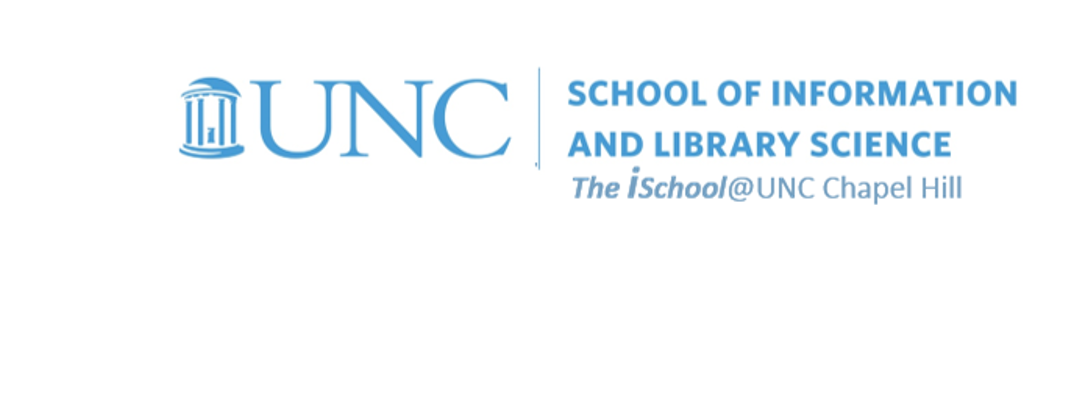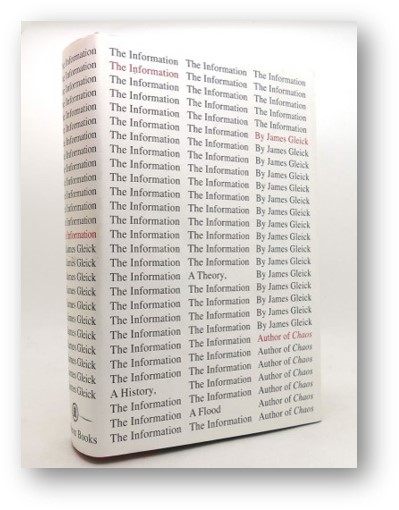
Foundations of Information Science
What is Information Science?
We have one video to watch this week.
Information Science Road Trip (10 Big Ideas of Information Science)
That video was created by Professor Jenna Hartel of the Faculty of Information at the University of Toronto, and was found on the Association for Information Science & Technology website.
The site has some definitions which we may discuss in class, and they are worthy of being repeated here.
You might have questions about what we mean when we say “information science.” Information science includes any professional who works with, researches about, or learns about the management of information in any form. Whether you are interested in storing, retrieving, describing, organizing, representing, or providing information to others, ASIS&T is for you!
Here are a few definitions of information science from leaders in our field:
Information science is that discipline that investigates the properties and behavior of information, the forces governing the flow of information, and the means of processing information for optimum accessibility and usability. It is concerned with the body of knowledge relating to the origination, collection, organization, storage, retrieval, interpretation, transmission, and utilization of information.
Borko, H. (1968). Information science: What is it? American Documentation, 19, 3.
… information science brings together and uses the theories, principles, techniques and technologies of a variety of disciplines toward the solution of information problems. Among the disciplines brought together in this amalgam called information science are computer sciences, cognitive science, psychology, mathematics, logic, information theory, electronics, communications, linguistics, economics, classification science, systems science, library science and management science. They are brought to bear in solving the problems with information — its generation, organization, representation, processing, distribution, communication and use.
Williams, M. E. (1987/1988). Defining information science and the role of ASIS. Bulletin of the American Society for Information Science, 14(2), 17-19.
Information science is the science and practice dealing with the effective collection, storage, retrieval, and use of information. It is concerned with recordable information and knowledge, and the technologies and related services that facilitate their management and use. More specifically, information science is a field of professional practice and scientific inquiry addressing the effective communication of information and information objects, particularly knowledge records, among humans in the context of social, organizational, and individual need for and use of information. The domain of information science is the transmission of the universe of human knowledge in recorded form, centering on manipulation (representation, organization, and retrieval) of information, rather than knowing information.
Saracevic, T. (2009). Information science. In M. J. Bates (Ed.), Encyclopedia of library and information sciences (3rd ed.) (pp. 2570-2585). New York: Taylor and Francis.
We have two required readings and one chart to look at for this week.

The first two are again from Gleick, J. (2011).
The information: A history, a theory, a flood.
New York, NY: Pantheon Books.
-
read chapter chapter 5, A nervous system for the Earth.
As you read it, think about:
p. 143 - the concept of creating meaning from nothing more than the position of a switch
p. 148 - the concept of a common sense of time
p. 152 - the concept of a common sense of encoding
If the item on the Napoleonic semaphore in chapter 5 piqued your interest ... look at the video that precedes Hugh Schofield's 16 June 2013 article on BBC news, How Napoleon's semaphore telegraph changed the world. -
read chapter chapter 6, New wires, new logic.
As you read it, think about:
p. 172 - Vannevar Bush's comment about the value not of being able to manipulate figures, but rather to be skilled in the use of symbolic logic
pp. 177-178 - the idea that language is just the symbolic coding of meaning
p. 185 - the concept that numbers may be used to encode all reasoning -
Then, look at:
Zins, C. (January 01, 2007).
Knowledge Map of Information Science.
Journal - American Society for Information Science and Technology, 58, 4, 526-535.
Don't read it in detail, but do study Figure 2 on page 529.
Several optional items that you may wish to read to dive more deeply into the topics.
They may, or may not, be mentioned in the lecture.
-
Saracevic, T. (2009). Information science. In M. J. Bates (Ed.),
Encyclopedia of library and information sciences (3rd ed.) (pp. 2570-2585). New York: Taylor and Francis.
Read up to Human Information Behavior on page 08. We'll come back to these topics again. - Shaw, Ryan. Semiosis at an Intersection. In Selecting Systems, 2021.
- Shaw, Ryan. Semiosis on the Front Page. In Selecting Systems, 2021.
Toumani Diabaté & Sidiki Diabaté - Jarabi
Toumani Diabaté (born in Gallé, Mali, on 10 August 1965; died 19 July 2024) was a Malian kora player remembered for performing the traditional music of Mali and for being involved in cross-cultural collaborations with flamenco, blues, jazz, and other international styles.
Diabaté was considered by many to be the world's finest kora player. He was a versatile performer, being equally at home with the traditional music of Mali as well as with cross-cultural collaborations with flamenco, blues, jazz, and other international styles. He came from a long family tradition of kora players including his father, Sidiki Diabaté, who recorded the first ever kora album in 1970. (Last.fm)